
Cougar Facts
- The short term of Cougar serves as the most frequently used common name when referring to this magnificent wild feline. It does have numerous others, though. These include mountain lion, puma, painter, panther, and catamount. The variety of names occur due to its wide range.
- Inside of scientific circles, however, it’s better known by its technical appellation. Thankfully, that’s one that’s actually surprisingly simple for the layperson to pronounce. That’s true given the fact that the marvel of Nature and evolution holds the formal tag of Puma concolor.
- It received that moniker due to the efforts of the esteemed Swedish zoologist, Carl Linnaeus. That renowned researcher accomplished the first acknowledged recognition of it as a separate and distinct species. He achieved that feat in 1771. The name he chose later changed.
- Regardless of which of these one chooses to employ, it stands out in the minds of many scientists for several reasons. Though not technically one of the so-called big cats, it’s the fourth largest of all known wild felines. It’s also the most widespread of any in its Hemisphere.
- Though its population numbers don’t compare to where they stood in the past, the Cougar nonetheless appears to be maintaining a measure of stability. That pleasant fact also seems to hold true across its range. The IUCN therefore currently lists it as Least Concern.
- It nevertheless still faces numerous potential threats to its continued existence as a species. Like most forms of life remaining on earth today, most of these perils stem from the actions of mankind. They include the related dangers of habitat loss and ongoing climate change.
Related Articles
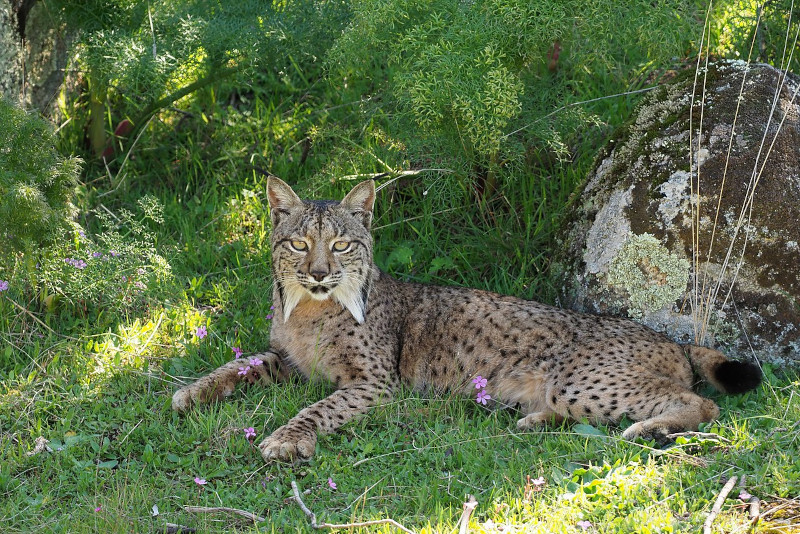

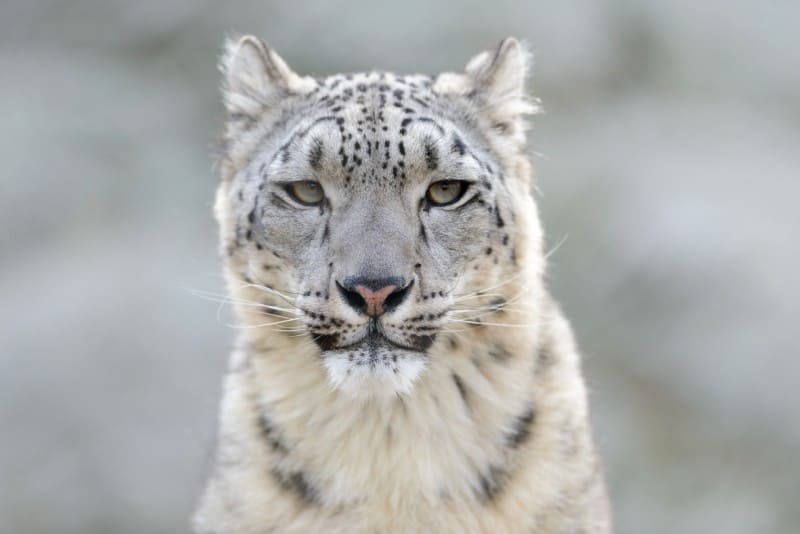
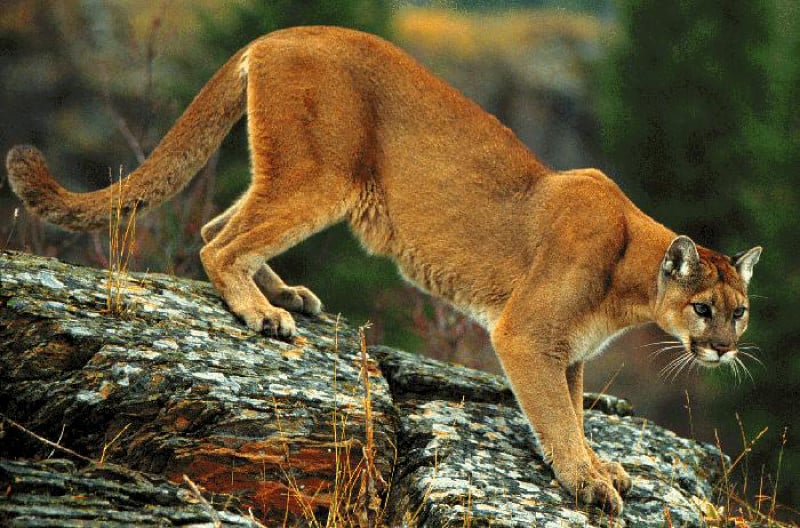
Cougar Physical Description
The breathtaking Cougar immediately grabs the attention of virtually everyone who encounters the impressive creature. Unlike some animals, though, this occurs due to a variety of reasons. That’s because it typically mesmerizes viewers with both its sheer beauty and surprising measurements.
In both regards, it follows the pattern common among many mammals, including felines. That’s due to the fact that it displays a certain degree of the physiological characteristic of sexual dimorphism. Where this wildcat’s concerned, however, that trait manifests itself in terms of sheer size.
Again mimicking its many relatives, males of the species attain slightly greater statistics. That holds true in all categories. It must nevertheless be pointed out that, even within the same gender, mature adults vary significantly in each of these, due to a combination of factors, such as environment.
In general, however, it’s in the length that the gender-based difference appears the most readily apparent. Males reach a mean nose-to-tail length equaling approximately 7.9 ft (2.4 m). Females of the creature, however, generally reach an overall length only equaling about 6.7 ft (2.05 m).
Like all cats, it also possesses a long, slender tail. This appendages comprises an average 25 – 37 in (63 -95 cm) of the total length of the animal. It also forms another minor sex-based difference. The tail of males tend to measure on the higher end of this range, compared to the females.
A final example of sexually dismorphic traits appears in the body mass of the feline. The males generally attain a much greater weight than their female counterparts. For him, this usually ranges between 115 – 220 lb (53 – 100 kg). Females, though, typically weigh from 64 – 141 lb (29 – 64 kg).
The Cougar also boasts other impressive statistics, shared equally. Its rounded head displays erect ears. The feline has a jaw and forequarters powerful enough to grasp large prey. It also has five retractable claws on the forepaws, and proportionately the largest hindlegs in the cat family.
Its coloring also merits notice. The fur develops as short and sleek in nature. In coloring, the upper body presents as tan or light brown to reddish-brown. The stomach, though, shows shades of cream or white. Black markings also appear on the tips of the tail and ears, and on the muzzle.
- Kingdom: Animalia
- Phylum: Chordata
- Class: Mammalia
- Order: Carnivora
- Family: Felidae
- Genus: Puma
- Species: P. concolor
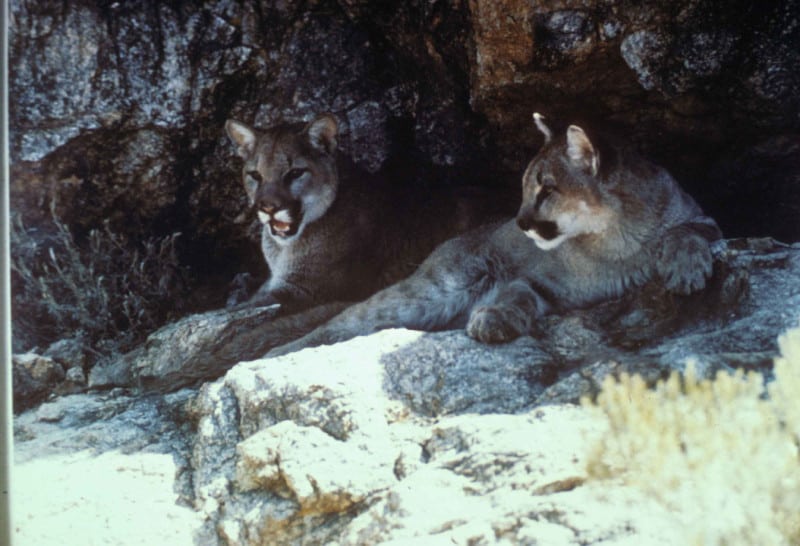
Cougar Distribution, Habitat, and Ecology
The fascinating Cougar evolved as endemic to an impressively broad swathe of the earth’s surface. The full extent of that range rarely fails to surprise most who learn of it. That impressively large native zone of habitation actually extends from parts of Canada to the Andes in South America.
The greatest concentration of its population, though, falls within the boundaries of North America. The smaller section of that territory consists of the northwestern part of Canada. Most of its numbers in North America reside in the western third of the United States, with a few exceptions.
Aiding in its continued existence as a species comes the fact that it evolved as a highly adaptable creature. This flexibility allows it to inhabit a wide variety of habitat types within its native range. Most notably, though, these include forests, lowlands, mountains, and arid climates.
Its incredible physique also allows the impressive feline some of the greatest leaping and short-sprint ability of any extant animal. Individuals have the ability to jump as high as 18 ft (5.5 m) in one bound. These cats also evolved the capacity to leap as far as 40-45 ft (12-14 m) horizontally.
But Nature did not simply stop there. This daunting animal also boasts some extremely impressive speeds. The top measured running velocity of the animal ranges between 40-50 mph (64-80 kph). It remains, however, best capable of short, powerful sprints as opposed to long chases.
The remarkable Cougar feeds entirely as a carnivore, like its relations. As a supremely successful generalist predator, the mammal understandably feeds opportunistically. Specimens therefore eat any animal they can manage to catch, from insects to large ungulates in excess of 1,100 lbs (500 kg).
Investigations in Yellowstone National Park showed that elk, followed by mule deer, seem to represent the animal’s primary targets. The mammal even evolved as highly adept at climbing, allowing it to evade canine competitors. Although not strongly associated with water, it does swim.
Species Sharing Its Range
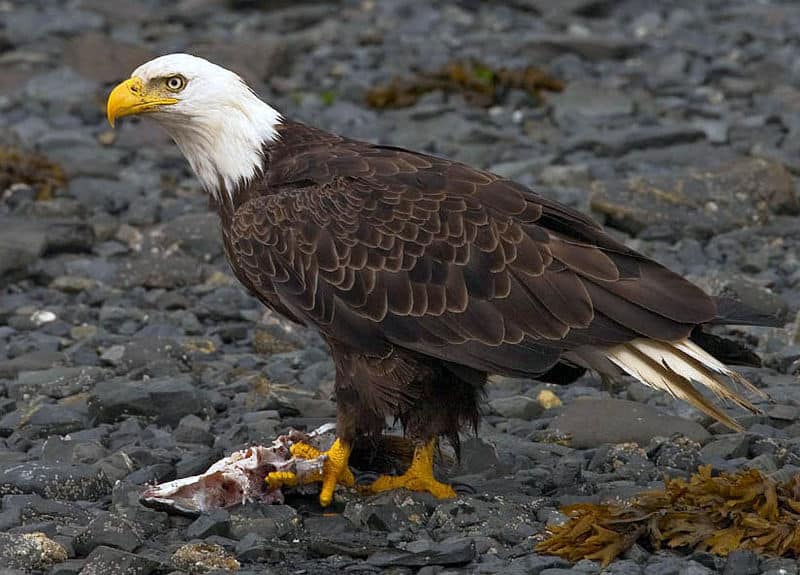

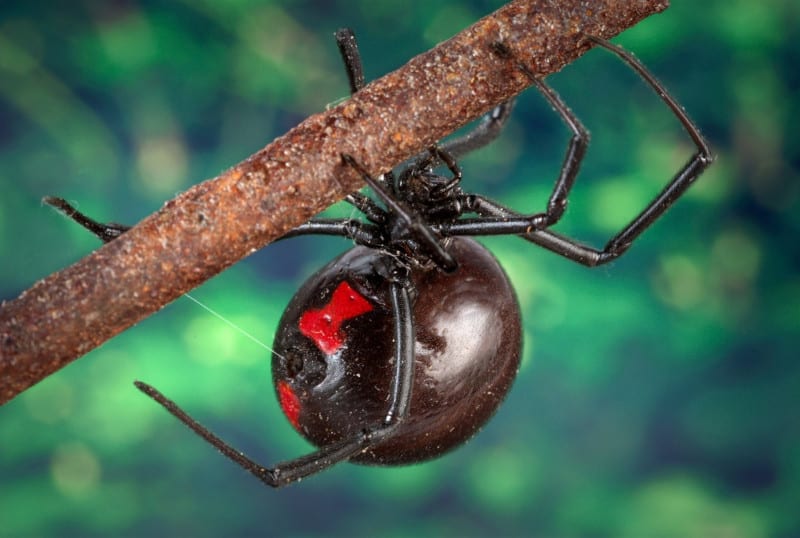
Check out our other articles on Amur Leopard, Marbled Cat, Asian Golden Cat, Lynx, Golden Tabby Tiger, Grizzly Bear, 5 Spectacular North Carolina Spiders, Cypripedium calceolus









Leave a Reply